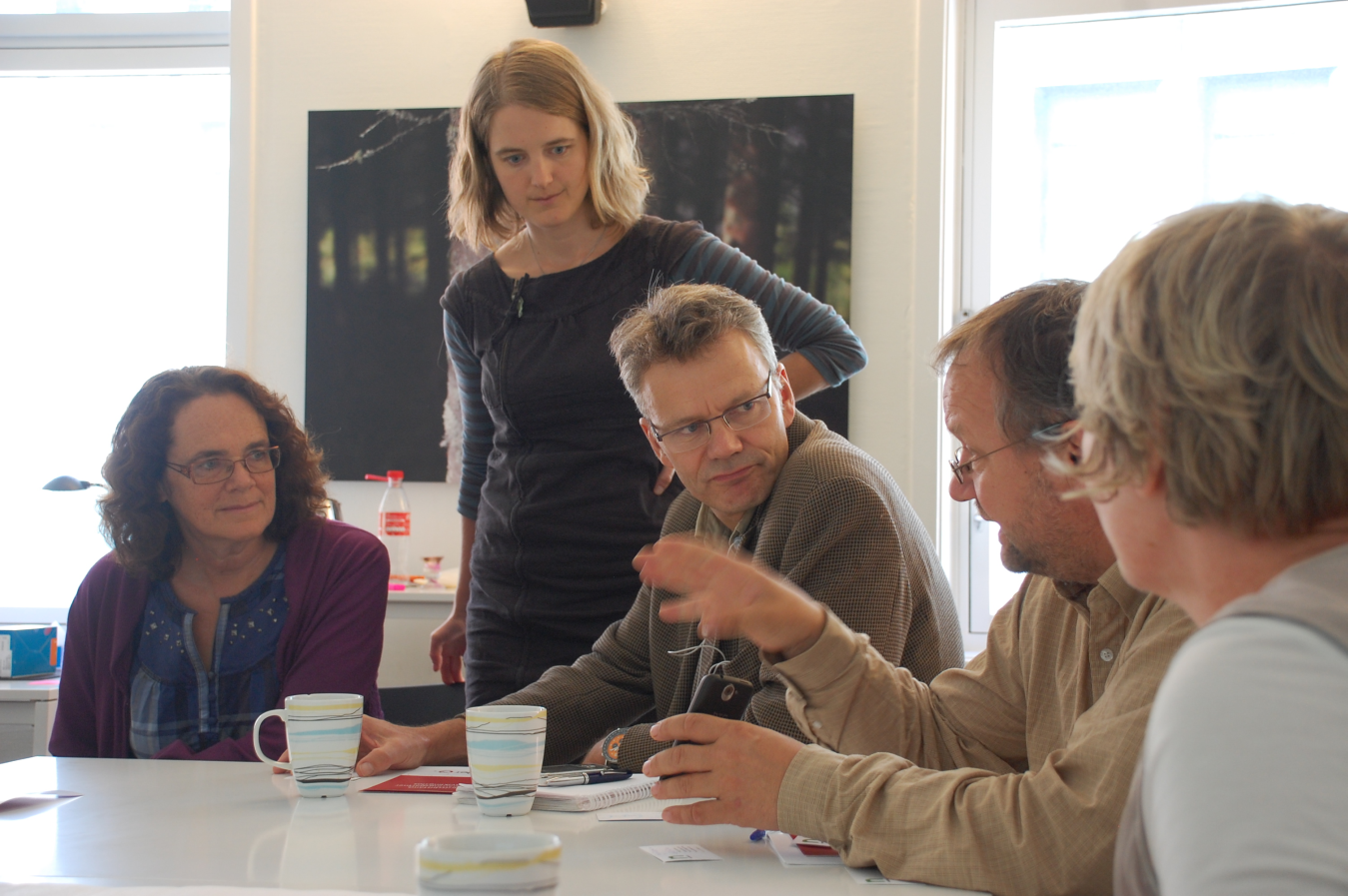 At Noddlepod, we think there are four steps of participation and engagement:
At Noddlepod, we think there are four steps of participation and engagement:
- trust, relevance and expectation
- opinion leadership and self-presentation
- curiosity and learning
- reciprocity/obligation and enjoyment
If, as an online facilitator, you understand what motivates people to participate, you can use that knowledge to increase participation and increase engagement.
Let’s talk about each of those steps.
Step one: Trust, relevance and expectation
Once users trust each other, they can get past politeness and start experiencing deeper learning. You need to build trust in the early stages of community learning so that users feel comfortable sharing and learning from each other. As the facilitator, you need to build that trust as quickly as possibly, but without rushing it.
If trust is an issue, then the facilitator needs to work on it, say by introducing trust-building exercises. Get participants face-to-face and involve them in some kind of bonding exercise. This loosens people up, builds trust and familiarity and gets them interacting without having to think about it. Creating a shared narrative gets them past the politeness stage. Best of all is when participants start having in jokes – that’s when you know the community spirit is working.
With regards to relevance and expectations, you need to be very clear about what is expected of participants, what they can expect from you and what they can expect from the learning programme. Line up what you are going to do with what they want from the programme. Setting the right expectations is so important. How are users expected to contribute? How can they enrich each other’s learning? What is the facilitator’s role? This is basic housekeeping really, but is easily overlooked.
Step Two: Opinion leadership and self-presentation
 Collaborative learning gives people the opportunity to voice their opinions and influence others. A facilitator can ensure users have a platform to share their knowledge and experience with others – say a question comes up that relates to a particular person’s area of expertise or knowledge, the facilitator can flag it up to them or ask for their contribution. This has many benefits: it benefits the community as they can learn from each other, rather than from random case studies. That learning will be deeper, more meaningful and relevant than it would have been from pre-set case study material. It also makes the person sharing their knowledge feel good about themselves and can generate useful feedback for them. Plus, the modern workplace is a collaborative one, so by collaborating online, users are developing skills that they can take back with them to use in their everyday work.
Collaborative learning gives people the opportunity to voice their opinions and influence others. A facilitator can ensure users have a platform to share their knowledge and experience with others – say a question comes up that relates to a particular person’s area of expertise or knowledge, the facilitator can flag it up to them or ask for their contribution. This has many benefits: it benefits the community as they can learn from each other, rather than from random case studies. That learning will be deeper, more meaningful and relevant than it would have been from pre-set case study material. It also makes the person sharing their knowledge feel good about themselves and can generate useful feedback for them. Plus, the modern workplace is a collaborative one, so by collaborating online, users are developing skills that they can take back with them to use in their everyday work.
Step Three: Curiosity and learning
This is about the pleasure people get from learning new things and discovering new things from the community. Those two things should not be underestimated.
The facilitator can drive attention to different perspectives and experiences, encouraging participants to look at things in a different way. Connecting the learners, encouraging them to post up enquiries spontaneously and give feedback sparks discussions and learning. When the discussion is live and involves peers that people are connected to, that not only adds context to the learning but also adds an extra layer of interest. Being curious leads to greater learning, learning with a more open mind.
Step Four: Reciprocity/obligation and enjoyment
 When we talk about reciprocity or obligation, we are talking about peer learning and positive peer pressure. Reciprocity is the practice of exchanging things with others for mutual benefits, which is exactly what collaborative online learning is all about.
When we talk about reciprocity or obligation, we are talking about peer learning and positive peer pressure. Reciprocity is the practice of exchanging things with others for mutual benefits, which is exactly what collaborative online learning is all about.
It is important to set the right tone and set some community norms. Buddy people up – say the outcome of a training session is that someone is going to do x, y and z, assign them a buddy to follow up on progress. Positive peer pressure can really help people stay on track and make good on their promises. And when participants can see that their peers are making progress on their learning and putting it into action at work, it encourages them to do the same.
And hopefully it is enjoyable. Collaborative learning is live, it’s real, it’s current and it’s shaped by the users. That in itself makes for an enjoyable experience, as users know they are reaping the benefits.